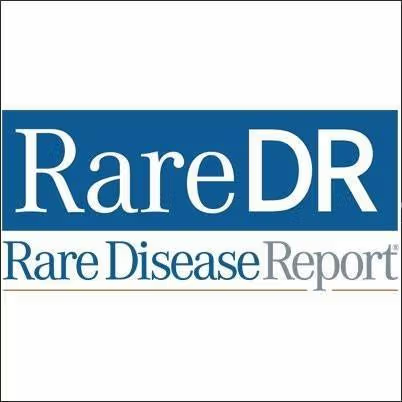Article
Lilly's Lasmiditan Drastically Reduces Pain in Migraine Patients
Author(s):
Majority of patients experienced relief from migraine pain, consistent with findings from first pivotal Phase III study.

Eli Lilly presented key primary and secondary endpoint data for lasmiditan in treatment of migraine.
The oral, first-in-class molecule lasmiditan, demonstrates significant improvements compared to the placebo in the Phase III SPARTAN study. Detailed results are highlighted at the 18th Congress of the International Headache Society (IHC) in Vancouver.
“For physicians treating patients with migraine, lasmiditan represents one of the first significant innovations in migraine and more than 20 years. Despite a number of approved options, there are still a large number of patients with migraine who are poorly served by currently available therapies, including those with CV disease or risk factors. What makes lasmiditan such an exciting development is that it is the only oral drug in development of its kind that selectively targets 5-HT1F receptors, including those expressed in the trigeminal pathway. It has also been designed for the acute treatment of migraine without the vasoconstrictor activity associated with some migraine therapies," Sheena Aurora, M.D., medical fellow and global launch leader, galcanezumab and lasmiditan, Eli Lilly and Company, told MD Mag.
Lasmiditan selectively targets 5-HT1F receptors including those expressed in the trigeminal pathway. It’s been designed for the acute treatment of migraine without the vasoconstrictor activity associated with several migraine therapies.
The findings of the SPARTAN study are consistent with SAMURAI, the first pivotal Phase III study evaluating the safety and efficacy of lasmiditan for the acute treatment of migraine.
SPARTAN, a Phase III randomized, double-blind, placebo-controlled trial evaluated the safety and efficacy of 3 doses of lasmiditan administered orally (50 mg, 100 mg or 200 mg) versus placebo for the acute treatment of migraine.
Patients were required to have at least moderate migraine disability or score greater than 11 as measured by a Migraine Disability Assessment Score (MIDAS). Patients participating in the trial had an average of more than 5 migraine attacks per month at baseline.
The primary endpoint of the study was the comparison of the percent of patients in the lasmiditan 200 mg and placebo groups who were migraine pain-free 2 hours after the first dose. A key secondary endpoint was the comparison of the percentage of patients in each dosing group and placebo groups free of their most bothersome symptoms (MBS) 2 hours following the first dose. In the study MBS were identified as nausea, sensitivity to sound or sensitivity to light.
Two hours following the first dose, a greater percentage of patients treated with lasmiditan were migraine pain-free compared to placebo. The results were significant across all 3 studied doses, and a greater percentage of patients were also free of their MBS compared with placebo at 2 hours.
A majority of patients treated with lasmiditan experienced relief from migraine pain, classified as mild or no pain, two hours following the first dose — 59% for 50 mg, 64.8% for 100 mg and 65% for 200 mg. The results were significant compared to placebo, 47.7%.
Fewer patients treated with lasmiditan took a second rescue dose of treatment compared to placebo — 41% for 50 mg, 32.7% for 100 mg, 26.4% for 200 mg and 49.8% for placebo.
The most commonly reported adverse effects were dizziness, paresthesia, somnolence, fatigue, nausea and lethargy.
Lilly will submit the results to a peer-reviewed journal within the next year. GLADIATOR, an open-label phase 3 study is underway evaluating the long-term safety of the drug.
The company plans to submit a New Drug Application (NDA) for lasmiditan to the US Food and Drug Administration (FDA) in the second half of 2018.
Related Coverage
Galcanezumab Shows Positive Long-Term Safety Results for Migraine Patients





